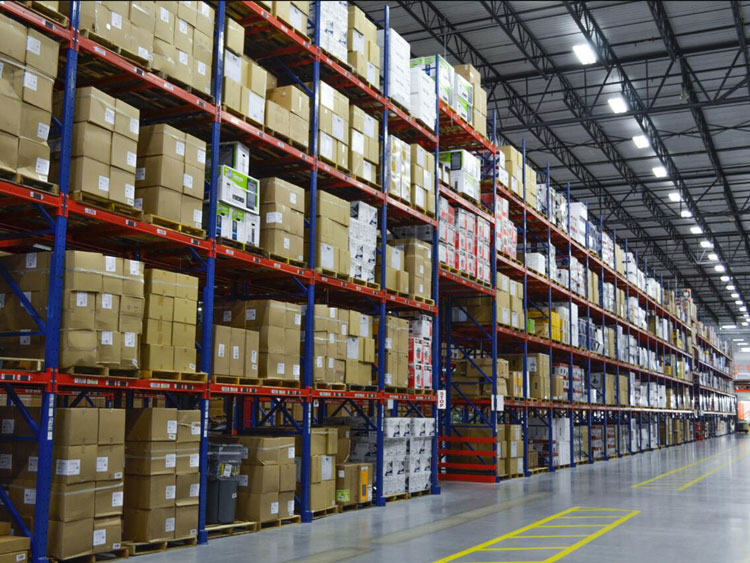The importance of pallet for warehouse racking system
Using low-quality pallets for warehouse racking can really mess things up, affecting safety, how smoothly things run, and your bottom line. Here’s what can go wrong with cheap pallets:
1. Rack Collapse:
What happens: Weak or damaged pallets can give out under the weight, making stuff fall.
Why it’s bad: It puts workers at serious risk, damages products, and stops work.
2. Product Damage:
What happens: Cheap pallets don’t spread the weight right, so goods might tip over or fall.
Why it’s bad: You lose money from damaged goods, especially if they’re delicate or expensive.
3. Accidents and Injuries:
What happens: Loads can fall or racks can collapse because the pallets aren’t stable.
Why it’s bad: Workers can get badly hurt, which could lead to legal trouble and compensation costs.
4. Reduced Storage Efficiency:
What happens: If pallets aren’t the same size or aren’t stable, it’s hard to stack them safely.
Why it’s bad: You waste storage space and have a harder time keeping the warehouse organized.
5. Rack Damage:
What happens: Weak pallets put uneven pressure on the racks.
Why it’s bad: The shelves wear out faster, and you need more maintenance or replacements.
6. Material Handling Challenges:
What happens: Damaged pallets can get in the way when using forklifts.
Why it’s bad: Processes slow down, and there’s a higher risk of accidents during handling.
7. Increased Operational Costs:
What happens: You have to replace broken pallets often and fix the damage they cause.
Why it’s bad: Unexpected costs eat into your profits.
Tips to Stay Safe:
1. Use good-quality pallets that can handle the load.
2. Check pallets regularly before using them.
3. Train your team to spot bad pallets.
4. Get rid of damaged pallets right away.
5. Make sure the pallets fit your racking system.
